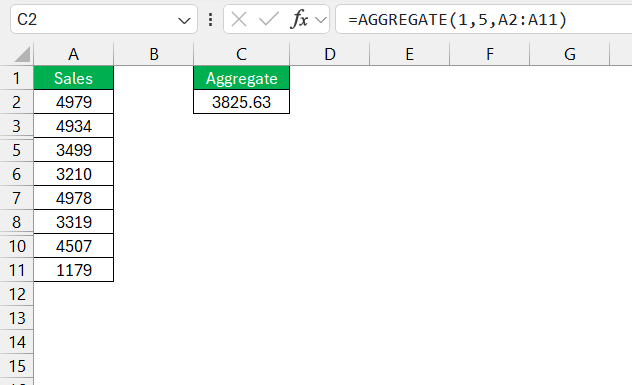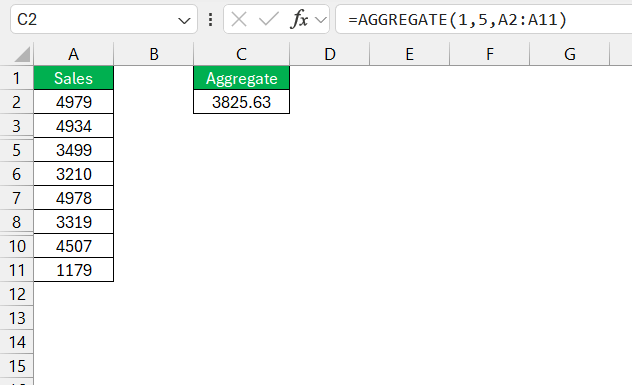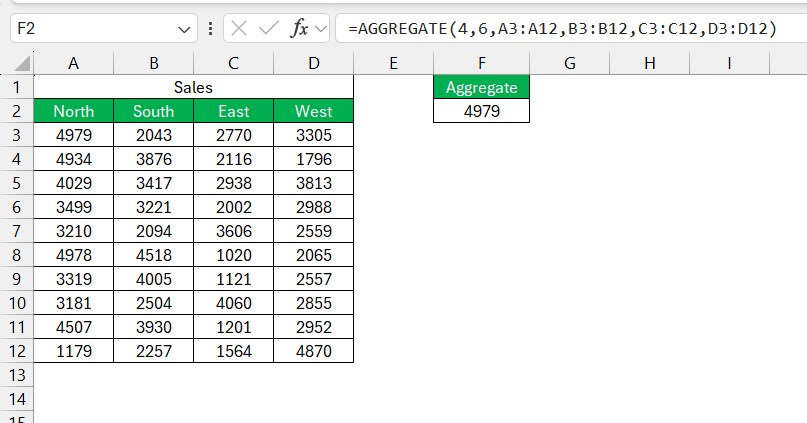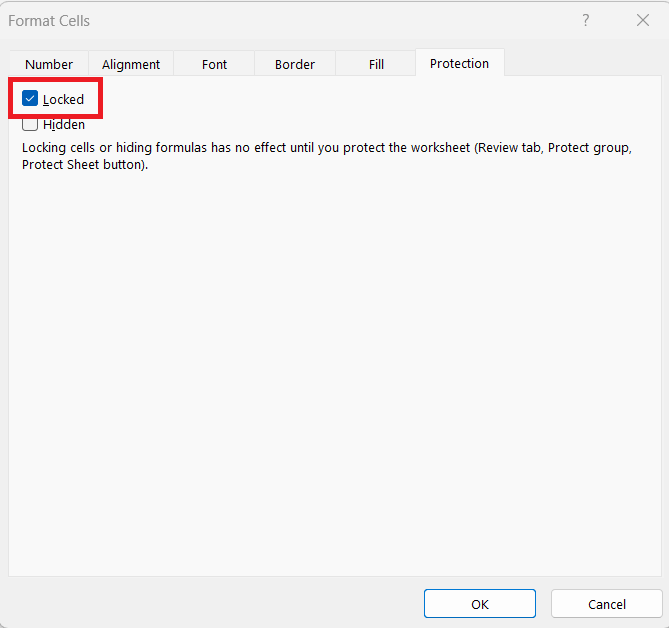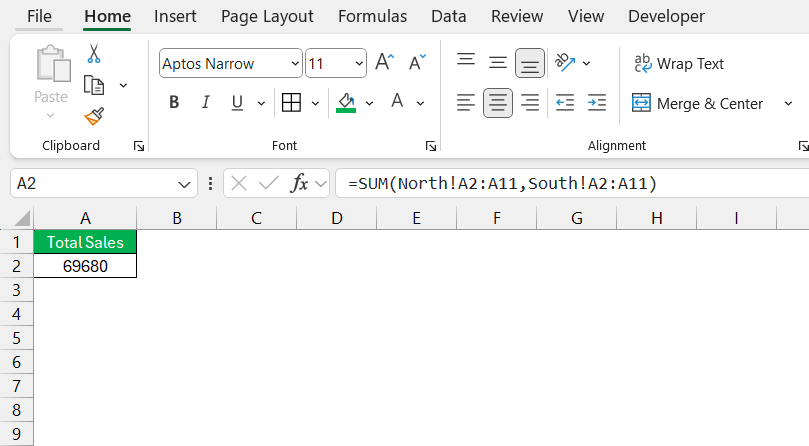When working with large datasets in Excel, aggregate data feature has become essential. Whether you’re analyzing sales figures, customer feedback, or operational metrics, summarizing data helps you extract valuable insights. In this guide, I’ll walk you through everything you need to know about aggregating data in Excel, step by step.
Key Takeaways:
- Data aggregation in Excel simplifies large datasets by summarizing them, making trends and insights more visible.
- The AGGREGATE function stands out for its ability to exclude errors, hidden rows, and subtotals, enhancing precision and efficiency.
- Understanding the AGGREGATE function’s syntax and its 19 supported operations is key to mastering advanced data analysis.
- Combining AGGREGATE with multiple references or conditions ensures accurate results while managing complex datasets effortlessly.
- Protecting formulas and using Power Query for cross-workbook aggregation streamline the process and maintain data integrity.
Table of Contents
Introduction to Aggregate Data in Excel
What is Data Aggregation?
Data aggregation is a process used extensively in data analysis where information is gathered from multiple sources and expressed in a summarized form. Within the context of Excel, it helps me make sense of large datasets by providing a comprehensive overview.
Instead of everything being lost in a sea of numbers, I can see the forest for the trees, identifying trends, and extracting pivotal insights that would otherwise remain hidden in the minutiae.
The Power of the AGGREGATE Function
The AGGREGATE function in Excel is a powerhouse for data analysts, transforming the way I handle complex datasets. By incorporating options to exclude specific data like hidden rows or error values, it provides a level of refinement not found with standard functions.
It’s the upgrade I rely on when navigating through the complexities of modern data. With AGGREGATE, I enhance my analysis, streamlining data processing and ensuring the accuracy and efficiency of my results, even in the most challenging spreadsheets.
Diving into the AGGREGATE Function
Understanding the AGGREGATE Formula Syntax
Grasping the AGGREGATE function’s syntax is pivotal for harnessing its potential. The formula can be broken down into four key components:
- function_num: This is a code that determines the calculation to be performed, such as average, sum, or max.
- options: These are numbers that direct the function on how to manage errors, hidden or nested subtotals.
- array: This refers to the range of cells that hold the data to be aggregated.
- [k]: Whenever I work with functions that fetch k-th statistics, this optional argument comes into play.
An example could look like =AGGREGATE(1, 5, A2:A100), where “1” specifies averaging and “5” instructs Excel to ignore hidden rows.
The 19 Functions Supported by AGGREGATE
The AGGREGATE function is akin to a Swiss army knife for calculative commands in Excel, encompassing a suite of 19 different functions. Each function is designated by a specific number as the first argument in the formula.
These range from averaging (1) to various types of counting (2, 3), as well as statistical operations like standard deviation (7, 8) and variance (10, 11). Measures of position such as median, mode, large, and small are handled with ease (12-15), and it gets into percentile and quartile calculations too (16-19).
Such an array transforms AGGREGATE into one of the most versatile tools in my data analysis arsenal.
Step-by-Step Examples to Master AGGREGATE
Example #1: Basic Data Aggregation Techniques
To demonstrate a basic data aggregation technique with AGGREGATE, imagine I’m faced with a spreadsheet full of sales data that includes subtotals and some hidden rows I want to exclude. To calculate an average that only considers the visible cells, I would use =AGGREGATE(1, 5, A2:A11), where “1” is the function number for averaging and “5” is the option that instructs the function to ignore hidden rows.
Within moments, I obtain an uncomplicated yet accurate representation of the average sales, free from any interference by the hidden rows or existing subtotals.
Example #2: Combining Multiple References and Conditions
Let’s take the scenario of calculating the maximum sales in six months—January to June—while excluding any error values that could disrupt the assessment. In this case, utilizing AGGREGATE becomes paramount for precision. By opting for the formula =AGGREGATE(4,6,A3:A12,B3:B12,C3:C12,D3:D12) I am telling AGGREGATE to find the maximum number (function 4, “MAX”) while ignoring errors (option 6) across the specified ranges.
This approach not only simplifies dealing with multiple references but also ensures that conditions like error management are uniformly applied for a coherent outcome.
Tips and Tricks for Efficient Data Aggregation
Locking Cells and Protecting Formulas
In the realm of data aggregation, safeguarding my formulas from accidental edits is crucial. Locking cells and protecting formulas are essential practices. To lock a cell, I ensure the cell is formatted to be locked, which is the default setting.
Then activate sheet protection under the Review tab.
This doesn’t mean the entire spreadsheet is ironclad; I can specify which cells remain editable. It’s a simple yet effective way to shield key formulas, like AGGREGATE, ensuring the integrity of my data analysis. These precautionary steps help maintain accuracy and prevent well-intentioned but potentially disruptive changes by other users.
Aggregate Data Across Different Sheets and Workbooks
Aggregating data across different sheets and workbooks can sound daunting, but Excel equips me with powerful methods to accomplish this. Within the same workbook, using 3D references like =SUM(Sheet1:Sheet3!A1) consolidates corresponding cells from multiple sheets in one fell swoop.
If my data is spread across different workbooks, linking them through external references or harnessing the prowess of Power Query to combine them is my go-to strategy. Power Query, in particular, excels in pulling together scattered data into a coherent dataset, ready for any analysis I plan to conduct.
FAQs on Data Aggregation in Excel
How do I aggregate data in Excel?
To aggregate data in Excel, select a cell for the result, enter an aggregation formula like =SUM(range) or =AGGREGATE(function_num, options, range), and press Enter. For more accurate control, use the AGGREGATE function for its capability to ignore errors or hidden rows. Choose the right option and function number based on your requirement.
How Do I Choose the Right AGGREGATION Function for My Data?
Choosing the right AGGREGATION function hinges on the specific needs of my data analysis. If I need a general summary statistic, such as a sum, average, or median, I use the corresponding number in the AGGREGATE function. For nuanced requirements like excluding hidden rows or errors, I select the appropriate options number that aligns with these conditions. Excel’s documentation or tooltips provide guidance on function numbers and their purposes, aiding in my selection.
Can AGGREGATE Be Used for Conditional Data Collection?
Yes, AGGREGATE can be used for conditional data collection by combining it with functions like IF. A nested IF function inside AGGREGATE allows me to specify conditions for which data should be included. This way, I create criteria-based summaries, offering both flexibility and precision in my analysis.
What is the difference between aggregate and SUM in Excel?
The difference lies in versatility. The SUM function simply adds numbers but can stumble over errors or hidden rows. In contrast, AGGREGATE offers a suite of operations, including a sum capability that can elegantly bypass errors, hidden rows, or nested subtotals, based on options I specify, making it a more resilient and adaptable function for challenging datasets.
When using aggregate with an array formula?
When using AGGREGATE with an array formula, I can leverage AGGREGATE’s second syntax, wherein I employ it to process and condense data from an array operation. This is especially useful for complex calculations that involve multiple steps and conditions. AGGREGATE can handle arrays natively, eliminating the need for the traditional array formula’s cumbersome CTRL+SHIFT+ENTER, streamlining my workflow and enhancing the ease of use.
John Michaloudis is a former accountant and finance analyst at General Electric, a Microsoft MVP since 2020, an Amazon #1 bestselling author of 4 Microsoft Excel books and teacher of Microsoft Excel & Office over at his flagship MyExcelOnline Academy Online Course.

